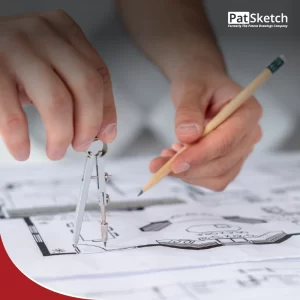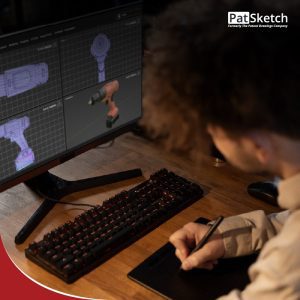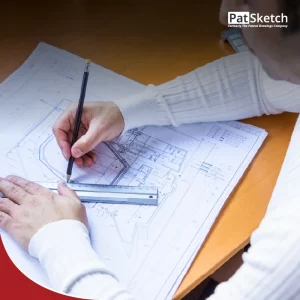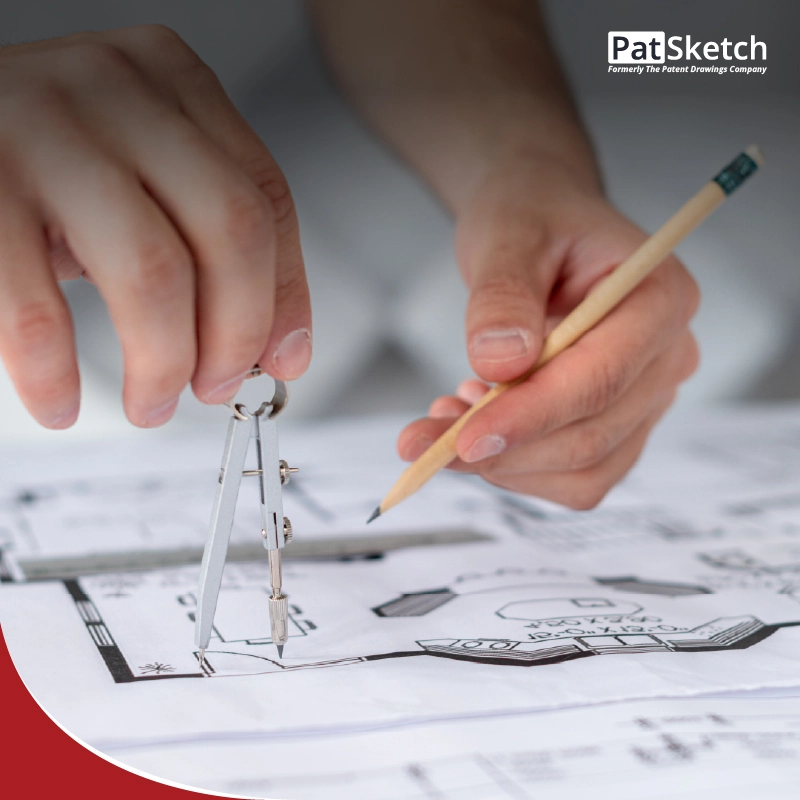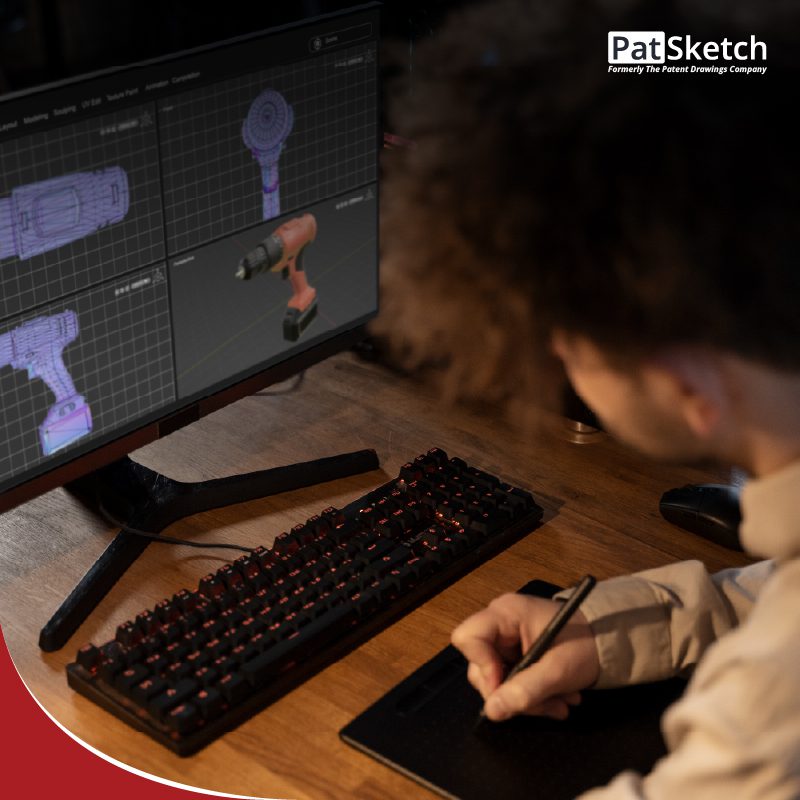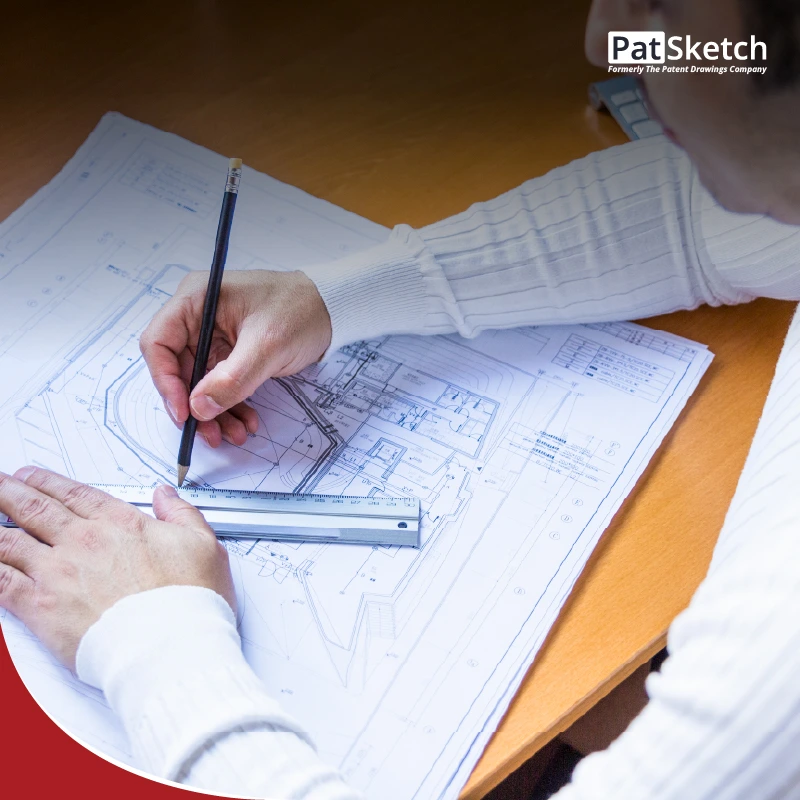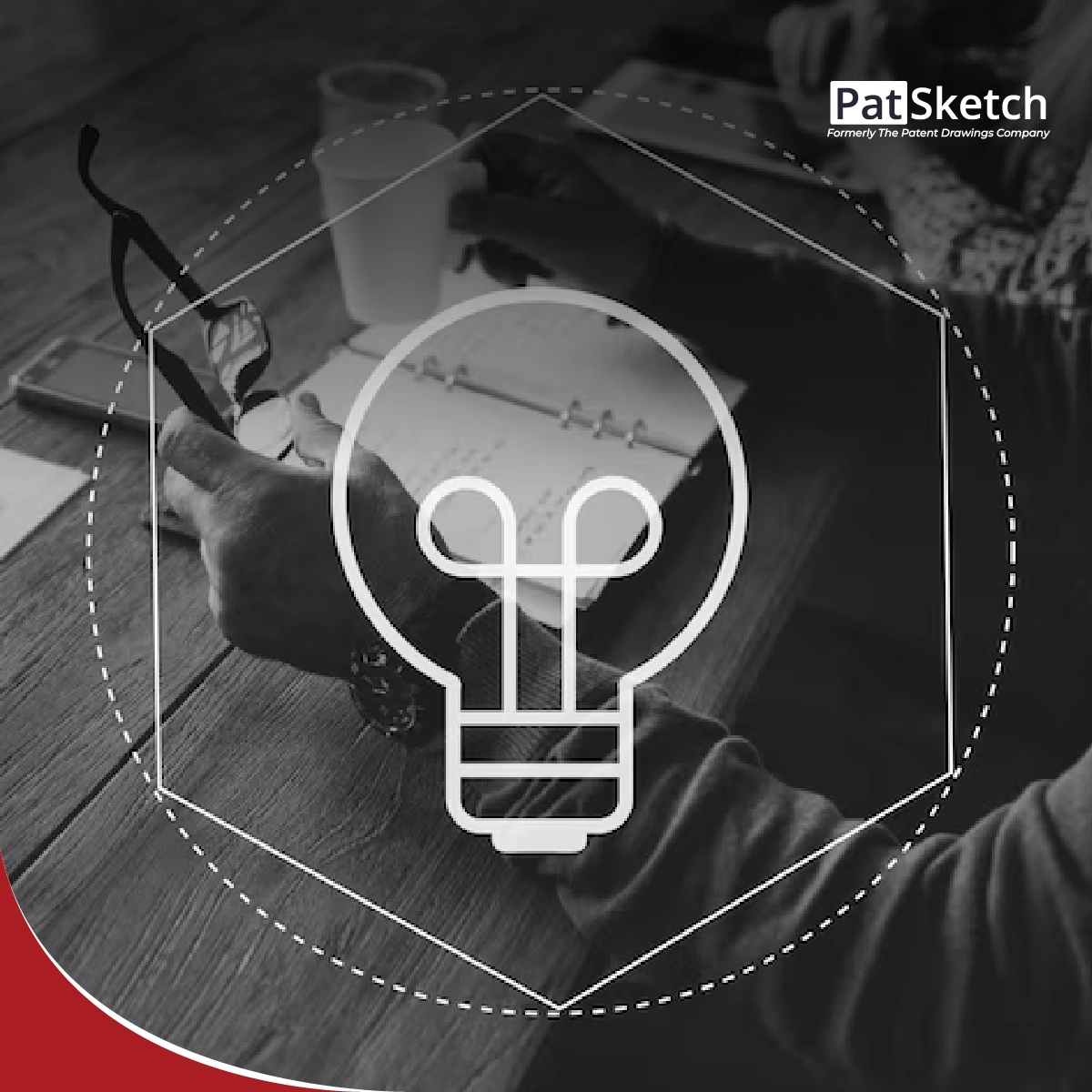Design patent drawings are an integral part of the patent application process. They serve as visual representations of the design that an inventor seeks to protect. These drawings play a crucial role in conveying the unique and ornamental aspects of an invention to the patent examiner. In this article, we will delve into the art of design patent drawings, exploring the importance of aesthetics, guidelines for creating effective drawings, and tips for maximizing the impact of your visual creations.
The Aesthetics of Design Patent Drawings
Design patent drawings are more than just technical illustrations; they are an artistic expression of the inventor’s design. The aesthetics of the drawings play a significant role in capturing the attention of the patent examiner and conveying the distinctiveness of the design. Here are some key elements to consider:
- Clarity and Detail: Design patent drawings should b clear, crisp, and visually appealing. Every aspect of the design should be depicted in sufficient detail to ensure a thorough understanding of the invention. Pay attention to lines, shading, and texture to accurately represent the design’s unique features
- Proportions and Scale: Maintaining accurate proportions and scale is crucial in these drawings. Distorted or disproportionate representations can hinder the examiner’s ability to assess the design’s overall appearance. Ensure that the drawings accurately reflect the size and proportions of the actual product.
- Consistency and UniformityConsistency in style, line thickness, and shading throughout the drawings is essential. This creates a cohesive visual presentation and helps convey the design’s cohesive aesthetic. Avoid abrupt changes in style or variations in line quality that may distract from the overall impression.
- Minimalism and SimplicityDesign patent drawings should focus on highlighting the essential elements of the design. Embrace a minimalist approach, removing unnecessary details or distracting elements. A clean and uncluttered drawing allows the examiner to focus on the core aspects of the design.
Guidelines for Creating Effective Design Patent Drawings
While the aesthetics are vital, adhering to specific guidelines is equally important when creating design patent drawings. These guidelines ensure consistency, clarity, and compliance with legal requirements. Here are some essential guidelines to follow:
2. Solid Lines and Surface Shading
Design patent drawings utilize solid lines to represent visible contours and surface shading to indicate depth and dimension. The shading should be consistent and uniformly applied to accurately represent the design’s visual attributes.
3. Black and White Drawings
These drawings are traditionally submitted in black and white. Avoid using color unless it is essential to highlight specific design features. The focus should be on the overall shape and configuration of the design rather than color variations.
4. No Dotted Lines or Broken Lines
Unlike utility patent drawings, these drawings do not utilize dotted lines or broken lines to indicate hidden or non-claimed features. Only the claimed design should be depicted in the drawings, clearly distinguishing it from unclaimed elements.
5. Neutrality of Background
They should have a neutral background, typically white or light gray. Avoid complex backgrounds or patterns that may detract from the design’s clarity. The background should not interfere with the examiner’s perception of the design.
Why Choose Us?
Our team boasts unmatched expertise in crafting patent drawings, a skill honed through years of experience and a deep understanding of patent office guidelines. We emphasize meticulous attention to detail, ensuring that every unique facet of your design is accurately portrayed. Our commitment to quality is unwavering; our drawings stand as exemplars of professionalism, clarity, and precision, vital attributes for a successful patent application. We take a personalized approach, collaborating closely with you to capture your design’s essence authentically.

